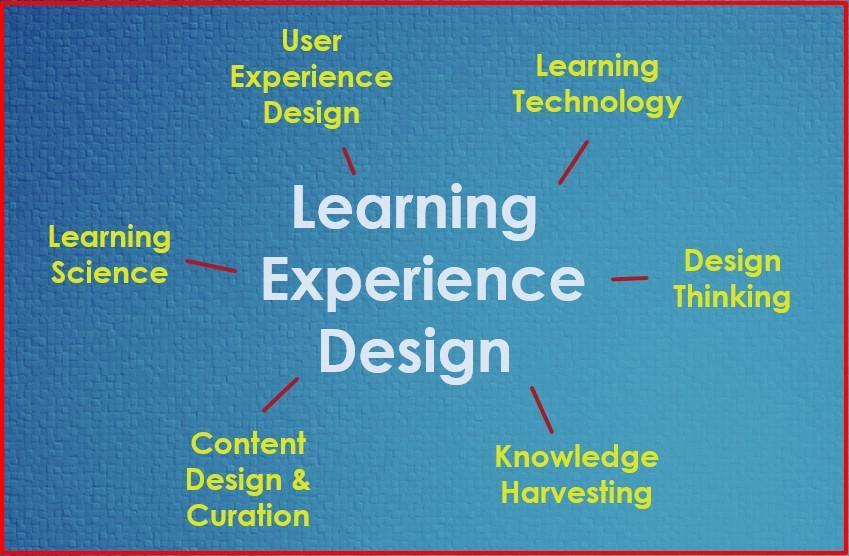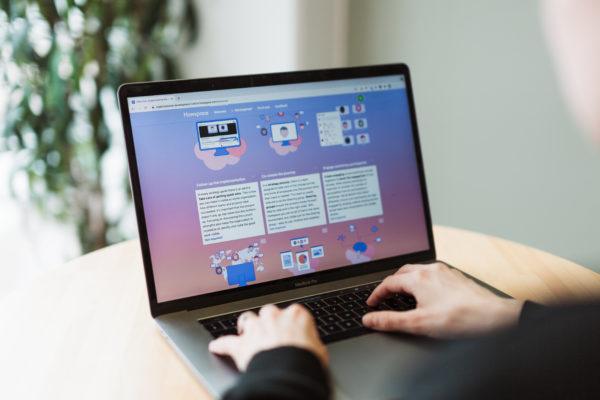
What is learning experience design?
Learning experience design (LXD) is a human-centric and goal-oriented approach to learning.
According to Google Trends, people searched for “learning experience design” a few times during the early 2010s, more often around 2017, and then consistently as of 2019. But what does learning experience design actually mean?
First, what exactly is a learning experience?
Before diving deep into learning experience design, it’s worth first looking at what learning experience means in the context of organizational learning.
Traditionally, learning has been seen in a straightforward, one-directional way. It usually starts from the organization recognizing a need for its people to learn something specific. A learning program has then been arranged for all the necessary participants in a way that has been thought to be as effective as possible. In other words, learning has been managed.
Learning as an experience, however, takes a different approach that is closely connected with a different leadership style and a different view of perceiving organizations. Learning experience looks at learning from a wider perspective than simply feeding information to employees. It considers the impact of several factors, including personal relevance, applicability to daily work, engagement, its role in remembering what is learned, and—perhaps most crucial—the importance of ingraining the learning into the organizational culture so that it truly becomes part of daily life within the organization.
There are masses of digital tools available for both managed learning and learning as an experience. Choosing what works for your particular needs will help you make your organization’s learning more effective.
Learning experience design explained
Now that we’ve talked about what learning experience encompasses, it is easier to define learning experience design.
To put it simply, learning experience design starts with defining the learning objective. What learning outcomes do we want to achieve?
Then it seeks to achieve these outcomes in a human-centered and goal-centered way, borrowing methods and competencies from areas such as user experience (UI) design, science of learning, design thinking, content design, knowledge harvesting i.e. crowdsourcing, and learning technology. The overall objective is to truly understand how humans learn most effectively—appreciating that the social and participative elements always have to be included.

Image source: Flipped Learning Network Hub
It’s important to note that design thinking includes co-design, which is also key in terms of engaging learners. This means that the content will not be fed top -down as in the traditional model but co-created with the participants. This approach to learning as social also helps make it relevant and applicable to all.
Organizational vs. individual learning experience design
To dive even deeper into the term, it also matters whether learning experience design is seen as something that happens to the individual or groups of individuals—or whether it is seen as from an organizational point of view.
The truth is that both of these happen at the same time, of course. But, generally speaking, the organizational perspective matters to the leadership and the individual perspective matters to the participants themselves. Appreciating this difference is a key to success. For example, Finnish Institute of Occupational Health used Howspace to train personnel on research-based knowledge, which plays an important role in matters related to health and wellbeing. That is the organizational viewpoint. But the training itself was carried out in a social context where the participants were e.g. their personal real-life experiences related to the topic at hand. That was the individual viewpoint and the reason why the training was so effective.
Examples of learning experiences
There are many different types of learning experiences, and the details of how to design one are closely connected to what kind of learning experience is at hand.
Training people within an organization to acquire a new capability is perhaps the most obvious type, but there are many others.
Examples include regular learning sessions organized within a team for the entire team’s development and benefit, some learning processes that are very closely tied to and support the operational reality of an organization, as well as self-organizing groups devoted to develop their capability on a certain subject.
In an agile organization, learning should be seen as a broad topic that can be approached in very different ways. When you put the learner at the center and strive to make the learning personally relevant for each participant, it may turn out that the best way to make the learning happen is something rather creative, even unconventional. This kind of bravery is absolutely needed today—people are generally keen to better themselves and improve their contribution to their organization, given the right circumstances. At the same time, organizations are living in an increasingly turbulent world, which means that they must become fast learners in order to adapt to the changes and succeed.
If you want to learn more about organizational learning and how to boost engagement in a virtual setting, check out our free guide!
You might be interested in these as well
View all
E-learning vs. blended learning — definitions, differences & use cases
The terms e-learning and blended learning are often used interchangeably, which is hardly a problem in casual conversation. However, since […]

10 Ways Howspace Uses Howspace
In the SaaS world, we frequently hear the term “eating your own dog food” thrown around, but rarely do we […]

The future of learning: How to design learning experiences for the hybrid world
It’s no secret: work as we know it has changed for good. COVID-19, the Great Resignation, and the rise of […]